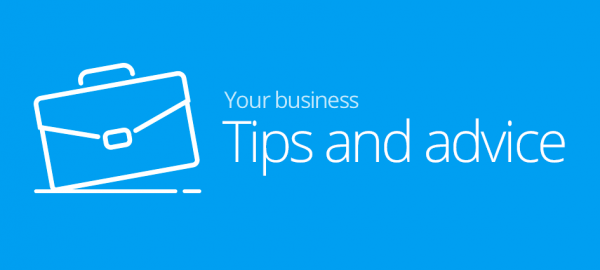New online businesses face two main hurdles. The first is getting visitors to come to their website, and the second is converting those visitors into customers. Most manage to get a few hundred visits a week without much difficulty. Getting thousands is difficult, but even with a few hundred – if they buy you will be grinning all the way to the bank, and that will give you the incentive and resources to take the next step.
Bounce rates
If you look carefully at your visitor statistics you may find that visitors are navigating away within the first few seconds. This is called the “bounce rate”. You can discover your bounce rate from Google Analytics or by using a traffic monitoring plugin. In fact, Google doesn’t like to see high bounce rates and will probably downgrade your website in its search result tables as a result – sending even fewer visitors to your business.
A high bounce rate means that the visitor’s first impression of your webpage is that it has no relevance to them. That means you need to clarify what you are offering and find ways to “hook” the visitor’s interest at first glance. Look at the first paragraph of this post – it sets out the problem it intends to answer so the reader knows they are in the right place.
Webpages sometimes carry lots of informative text – like blogs – or they may carry very little. Either way, the same rule applies – you have to capture their interest with something (graphics, sound, video) or else why would they stay?
Engagement
The next objective of most e-commerce businesses (or most businesses in general) is to build a good relationship with the prospective customer. How you do that depends a great deal on your product and the way you operate. A fast food delivery business doesn’t have much time to go into cooking tips or the history of the pizza so sumptuous pictures of the food your visitor can buy will work best. A second-hand car business might declare “we’re not called ‘Honest Joe’ for nothing” and honesty is important information but clear descriptions of the vehicles may work better. The point is, you win engagement by showing you can deliver the values that customers care about.
Remember that real people care about many things – not just money. Deliver the values they like and you can stop worrying about being the cheapest. That is why the green movement has become so successful: when businesses realised their customers care about the planet they all wanted to sell biodegradable and renewable products.
Never be afraid to give things to your visitors for free (such as advice). Providing it is related to your product or service it helps to deepen the focus where you need it to be and enhances your reputation in your field of expertise (and Google likes that too).
The call-to-action (CTA)
For an e-commerce business trying to get established, the CTA is the make or break moment – you either convert your visitor to a buyer or you don’t.
It needs to be said that not every webpage (or every blog) needs a call to action. A great looking picture of a pizza only needs a “Buy Now” button. Quality is persuasive in itself so providing you have created engagement and interest in your product some customers will decide to buy or at least bookmark you for a return visit. Some would say that “Buy Now” is in fact a CTA. A call-to-action usually needs to be more sophisticated than an instruction to do what you want. In fact, any kind of forcefulness can damage the visitor’s engagement. Instead of telling them what you want, tell them what they want!
A call-to-action should pre-empt your visitor’s next move. Effectively, you have led them toward their ultimate goal by helping them determine what they need and now they can buy it.
Know your customers!
Always always always make sure you understand your customer’s wants and values. All successful businesses are services, not robberies. In that sense at least, “the customer is always right”. However, that does not mean they know exactly what they want until you have explained it – first in the body of your article or page content, then explicitly in your call-to-action.
Some people use phrases like “Don’t Miss Out!” or “For A Limited Time Only!” – they are pretty crude, use them at your peril. The point of your CTA should be a clear and logical extension of your engaging content, such as…
Follow our great advice by getting online now, and start selling!
Get building
Our Website Builder gives you the ability to build a stunning website using simple ‘drag-and-drop’ technology. You’ll be able to create awesome webpages and add call-to-action buttons to get your visitors doing exactly what you want. Pay monthly and it’ll cost you just a few pounds… check out the options!
